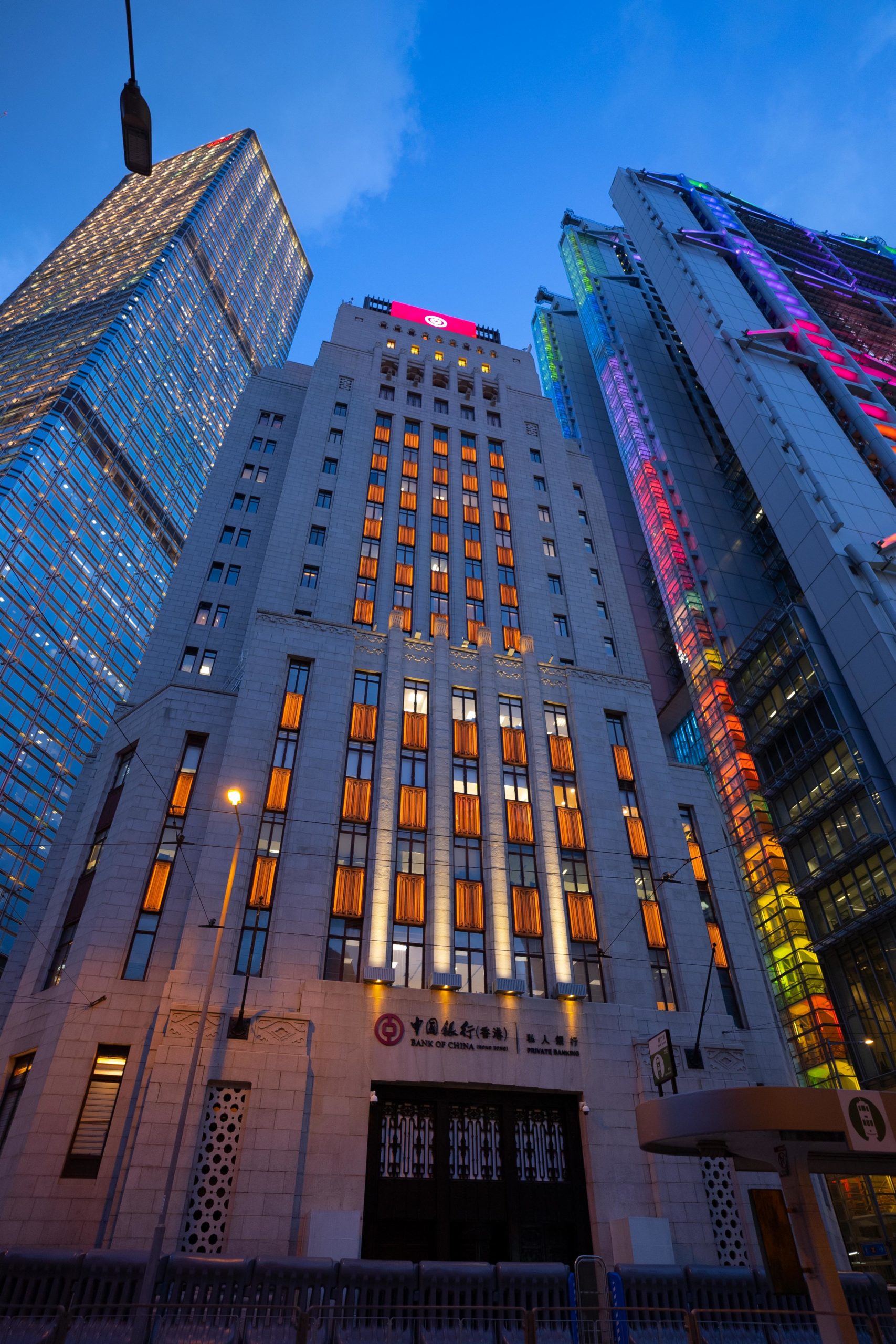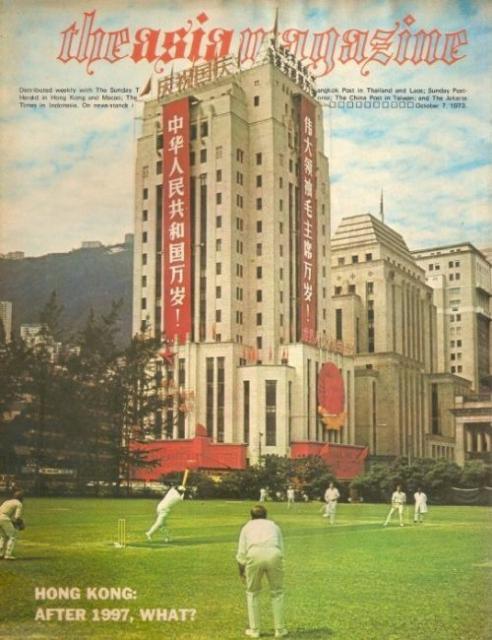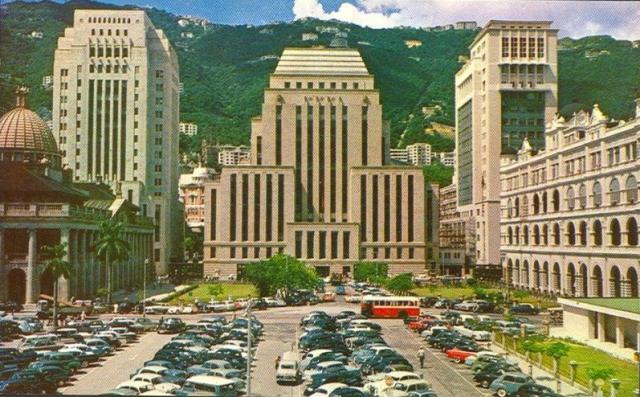Hong Kong's skyline is dominated by skyscrapers, but some of them stand out due to their unique design and historical significance. One such example is the Bank of China building, located in Central. In contrast to the surrounding modern skyscrapers, it offers visitors an alternative glimpse of Hong Kong's past.

During early communism in China from 1949 - 1978, the Bank of China building played a vital role in connecting China, once an isolated country, with the rest of the world through Hong Kong, a world-class free port. This small city facilitated 35% of China's total foreign exchange, with the Bank of China building serving as more than just a hub for trade and finance. It also functioned as a political tool, broadcasting Mao's propaganda every day in the heart of a thriving capitalist city.

Visitors often remark that the Bank of China building provides a taste of Old Hong Kong amidst the bustling metropolis. Its architecture and interior design set it apart from the modern structures that define the city.
The building is rich with symbolism representing China and its past. It was intentionally built taller than the neighboring HSBC building, perhaps to assert its superiority over Britain during their colonization of Hong Kong. Additionally, lions flank the entrance on either side, embodying the Chinese belief in warding off evil spirits and ensuring the protection and prosperity of businesses within.

The Bank of China building is well worth a visit, as it contrasts sharply with the modern skyscrapers and bustling cityscape, putting the history of China and Hong Kong into perspective. It offers visitors a rare opportunity to catch a glimpse of Old Hong Kong.









